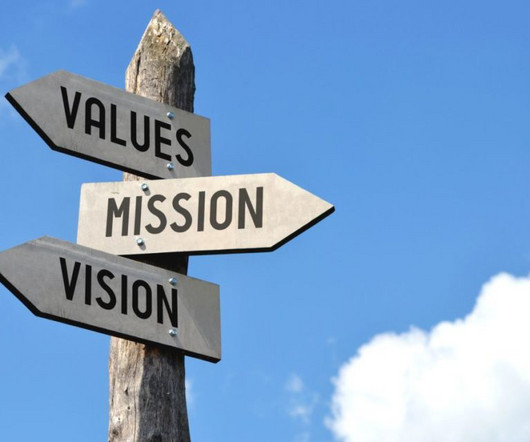An Evolution of Evaluation in Grantmaking With a Participatory Lens
sgEngage
OCTOBER 9, 2023
All too frequently, the grantmaker alone is determining, leading, and benefiting from MEL processes with no input or collaboration from the people, organizations or community impacted. The practice of participatory evaluation aims to disrupt power dynamics, and to generate knowledge as a result of collaboration.













Let's personalize your content